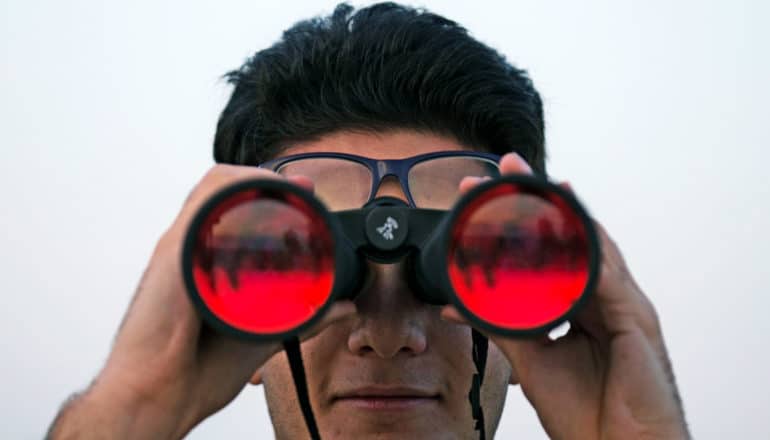
New research helps explain why people join citizen science projects and what motivates the citizen scientists who stick with it for years.
The Coastal Observation and Seabird Survey Team, COASST, trains beachgoers along the West Coast, from California to Alaska, to monitor their local beach for dead birds.
With about 4,500 participants in its 21-year history and roughly 800 active participants today, COASST is the subject of the new study in Ecology and Society. The findings could help other science projects aiming to harness the power of large teams.
Previous research has shown that people who join online-based citizen science projects generally try it just once, and fewer than 1 in 10 remain active past one year. The rates for hands-on, in-person efforts are much higher: COASST, for example, has 54% of participants still active one year after joining.
But what separates those who stay from those who go? Years of responses to surveys from the COASST team’s recruitment and engagement efforts provide a unique window on citizen science.
“I came to the [University of Washington] to analyze a gold mine of social science datasets accumulated by COASST,” says social scientist and lead author Yurong He, a postdoctoral researcher in the School of Aquatic and Fishery Sciences. “Over a four-year period, hundreds of participants responded to survey questions about why they were joining—or continuing—with the program. This represents an unparalleled opportunity.”
Citizen scientists who stick with it
She analyzed answers to two freeform questions posed to project participants: “Why did you join COASST?” and “Why do you continue to be involved in COASST?” Some 310 new participants chose to answer the questions during their initial training. Another 623 seasoned participants, who had been involved for more than one year, completed a mail-in survey.
“People’s memory can be a bit tricky,” He says. “You may think that two or five years ago you had a particular motivation, but is that really so? With this study we can definitively answer the motivation question at two different times: at the moment of joining the program, just after they finish being trained, and once they have spent at least a year on the beach collecting monthly data.”
The analysis shows that new participants wanted to be outdoors on the beach, learning about birds. Many listed their scientific degrees, previous occupations, and birding expertise. But responses from longer-term contributors displayed a slightly different pattern: Although birds and beach remained dominant interests, seasoned volunteers were more likely to mention interests such as the desire to monitor and observe their beach, help in making scientific discoveries, and the importance of project data and results for environmental conservation. Moreover, their “science identity” became focused on their data-collection team and the project collective, rather than on their personal traits.
Place and people
One important finding, He says, was the value of place. Volunteers often mentioned the importance of continuing to visit their beach even if they hadn’t found any birds washed ashore after several months.
“We thought they would talk a lot about birds, and they did, but they actually talked more about the coastal environment, the beach, and the ocean,” He says. “Place was either equally important or even more important to them than birds.”
Another surprising finding is the degree to which participants consider citizen science to be a social activity. Of the five tasks volunteers listed as most important in defining their work for COASST, two—”communicating project results” and “recruiting others to participate”—were social. The other three tasks were “collect data,” “make measurements,” and “enter data.”
“Activities that help connect family members and friends, and provide opportunities to meet new people who share similar interests, can also be scientific in nature,” He says. “COASST fulfills both science and social interests for coastal residents.”
Three key factors
The study’s conclusions based on the surveys included some take-home messages for organizers of hands-on citizen science efforts:
- Long-term participants tend find motivation in a project’s mission and goals, and successful programs communicate scientific findings back to participants so that they can see their individual contribution as part of the big picture of project results.
- Experienced participants focus on where they conduct their project activities, indicating that sense of place is important to volunteers.
- Both new and long-term participants focused on their social interactions as a central part of project activities, suggesting that successful hands-on, citizen science combines high-quality scientific activity with building and maintaining social relationships.
The National Science Foundation’s Advancing Informal STEM Learning program and Washington Sea Grant’s support for COASST funding the research. Coauthors of the study are from the University of Washington and Oregon State University.
Source: University of Washington
The post People and place drive long-term citizen scientists appeared first on Futurity.
from Futurity https://ift.tt/2Ypn1CX
No comments:
Post a Comment